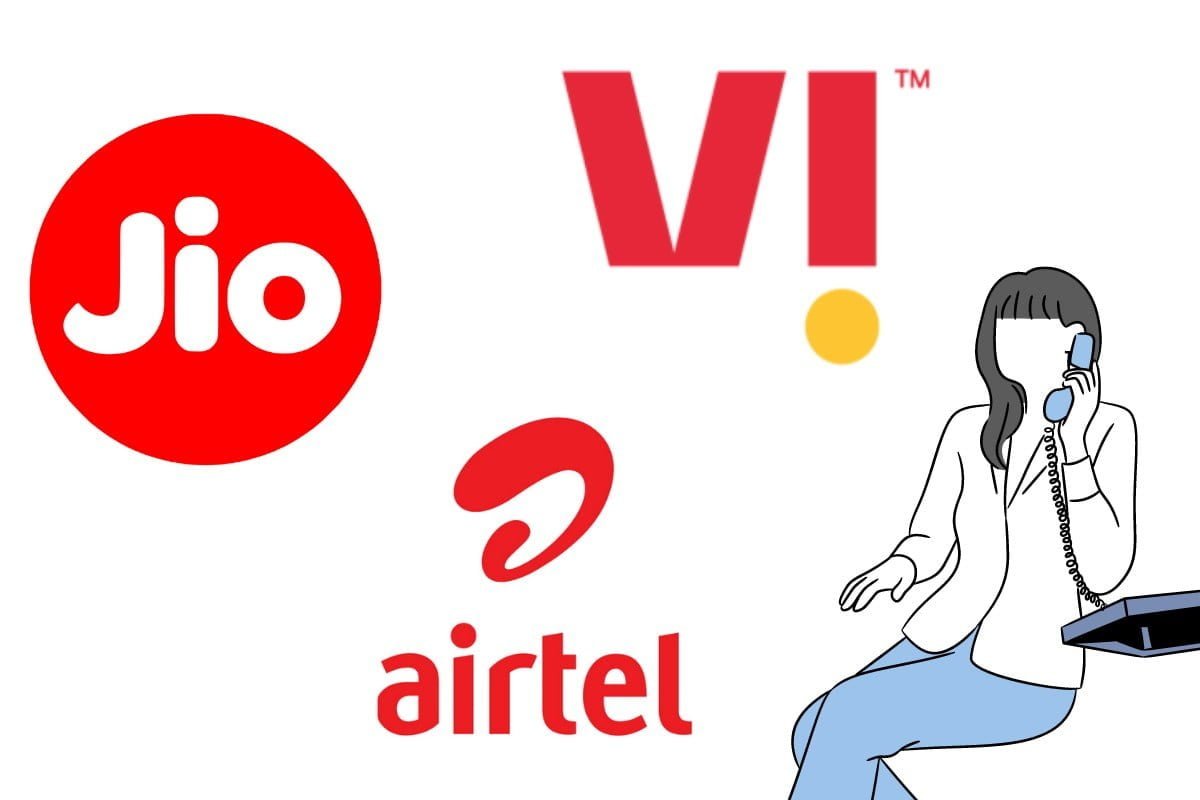
If you’re someone who’s keeping up with their cell phone bills, you know that they’ve risen in the last few months. This is because the telecommunications operators have implemented a tariff increase on prepaid plans. India has four operators, three of which are private telecommunications companies, and all the private operators now offer similar type of plans. In the case of Airtel and Vodafone Idea (Vi), the similarities between the plans are even greater.
When Jio came back in 2016 and promised free services, it became the ticket for people choosing Jio as the secondary SIM option. With its consistent services and wonderful offerings, the telko soon became the reason why many telko had to close stores at the time.
Jio soon became the primary option for consumers because it promised 4G networks across the country and at a very low cost than what the other prominent players provided 4G services for. This drove the other telco’s (the survivors) to rebuild their offerings and make it similar to Jios.
The other telco still wanted to prevail and did not lower rates enough to the level where Jio was. While there was not too much of a difference, it was enough to drive consumers to choose Jio’s services. Vodafone and Idea have merged to become a single entity we now know as Vodafone Idea (Vi).
Time and time again, Vi has been accused of copying Bharti Airtel’s rates. Well, the thing is, while the rates offered by both companies are now the same, the additional benefits are completely different. Vi Hero Unlimited benefits are a class apart from all the other benefits that Airtel offers. To call Vi’s plans a copy of Airtel’s offers is therefore a very serious misunderstanding.
Regardless, Jio became the largest telecommunications operator in India in a matter of a few years after its arrival. The telco has changed the way consumers look at telecommunications services. Indians have started keeping two SIMs because the services have become too affordable.
For most, Jio was the primary option, while the obsolete network users stayed with Airtel and Vi. It would be so good if we could just know what the average age of the consumers is that each of the private telcoes have. I can bet Jio would have the latest average age among all the telco’s.
Jio has offered very affordable and consistent services to gain market share. But that’s not what the company plans to do forever. All the telco’s raised rates, and Jio of course followed. In 2021, the time for acquiring customers was over. The market was already established, and now it was time to provide better quality services at a premium price.
The game changed to which telco had the best services instead of the most affordable deals. Indians today rely heavily on the internet for most of the work they do. So the telco rates have increased. Tariff increases have had a lot to do with Airtel and Vi struggling to make the kind of money Jio makes from its 4G user base.
The pressure to increase the average revenue per user (ARPU) has come hard, and now the telcos are all about higher revenue. Vi and Airtel do not want low paying customers because they want to play a ‘premium’ hand over Jio. Make a note – it’s all a marketing ploy. Airtel is not the premium brand it says it is. Vi struggles to match the level of capital expenditure (capital expenditure) on 4G networks that Airtel and Jio enter into, and lastly, Jio is no longer the good, nation-friendly – truly affordable operator.
Let’s face it, Jio was “used” to be the truly affordable operator. But it is simply not anymore. While this is good for the investors of RIL (Reliance Industries Limited), the owner of Jio Platforms Limited (JPL), it is not the best for the consumers. Yes, technically Jio still offers the most affordable rates among the private players, but that is not such a big difference against what you have to pay for the same benefits with Airtel and Vi.
April saw Jio, Airtel, Vi lose active users
It is worth collecting that the TRAI (Telecom Regulatory Authority of India) data for the monthly performance of the telcos showed that all the operators lost active users in April 2022. Now this is something to take note of.
Why did none of the operators get any active users?
The simple reason is that millions of secondary SIMs have been dumped or disabled. Users no longer want to keep their secondary SIMs active. The cost is not the same as it was two years ago.
With inflation running aggressively on the prices of essential commodities, Indians are just not as flexible with their budget as before. Approximately 7.5 million active users were lost during the month of April 2022. At this point it would not be too wrong to assume that India might be heading towards a single SIM was very fast with another round of tariff increases just a few months away.
